Corn is corn… or is it?
If you’ve ever paused at the produce aisle wondering whether to grab white or yellow corn, you’re not alone. The visual difference is obvious, but many shoppers aren’t sure whether that color change signals something deeper—taste, nutrition, texture, or even ripeness. So, what’s the real story?
To find out, we spoke with a third-generation corn farmer from Iowa who grows both yellow and white corn on his 200-acre family farm. He’s been answering questions about the differences between the two for years at local farmers markets—and his insights may surprise you.
“Most people assume one is sweeter or healthier than the other,” he explains. “But the differences are more nuanced than people realize.” According to him, the color difference isn’t about ripeness or growing conditions—it all comes down to genetics. Yellow corn contains carotenoids like beta-carotene, which give it its golden hue, while white corn lacks those pigments entirely.
Flavor? That’s where things get interesting. While many assume yellow corn is sweeter, our farmer says that when harvested at peak ripeness, white corn can be just as sweet—sometimes even more so. The true difference lies in the undertones: yellow corn tends to have a heartier, nuttier flavor, while white corn is more delicate and clean-tasting.
In this article, we’ll explore the genetic roots, culinary uses, regional preferences, and nutritional profiles that distinguish these two popular varieties. With insights straight from the field, taste test results, and even a few cooking tips, we’ll help you finally answer the question: is one really better than the other—or do they simply shine in different ways?
1. Genetics, Not Growing Conditions
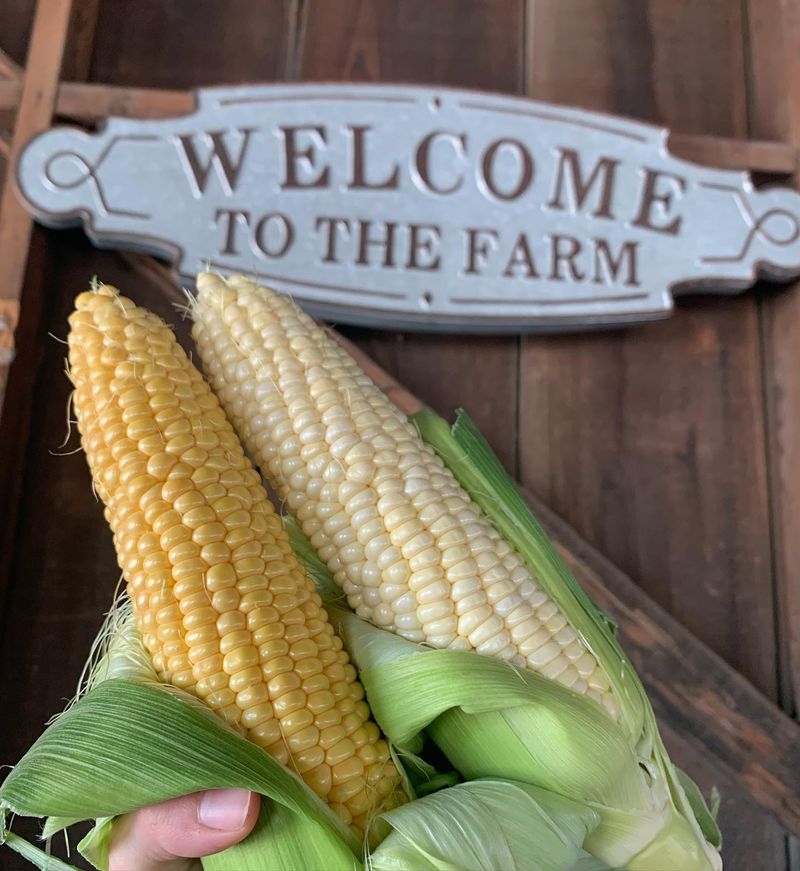
The difference between yellow and white corn isn’t about how or where they’re grown, but rather the plants’ genetics. Yellow corn owes its sunny hue to beta-carotene and carotenoids—the same natural pigments that give carrots their bright orange color. White corn, on the other hand, simply lacks the genes responsible for producing these pigments.
Both varieties can thrive side by side in identical soil, receive the same fertilizers, and benefit from the same rainfall, yet they maintain their distinct colors through purely genetic factors. Contrary to a common misconception, white corn is not just immature yellow corn—it’s a genetically unique variety controlled by just a few specific genes.
The practice of growing both types dates back decades in Midwestern farms, where farmers recognized how regional preferences shaped demand. This genetic difference, while simple, creates important market opportunities for growers catering to diverse tastes.
2. Flavor Profiles That Surprise
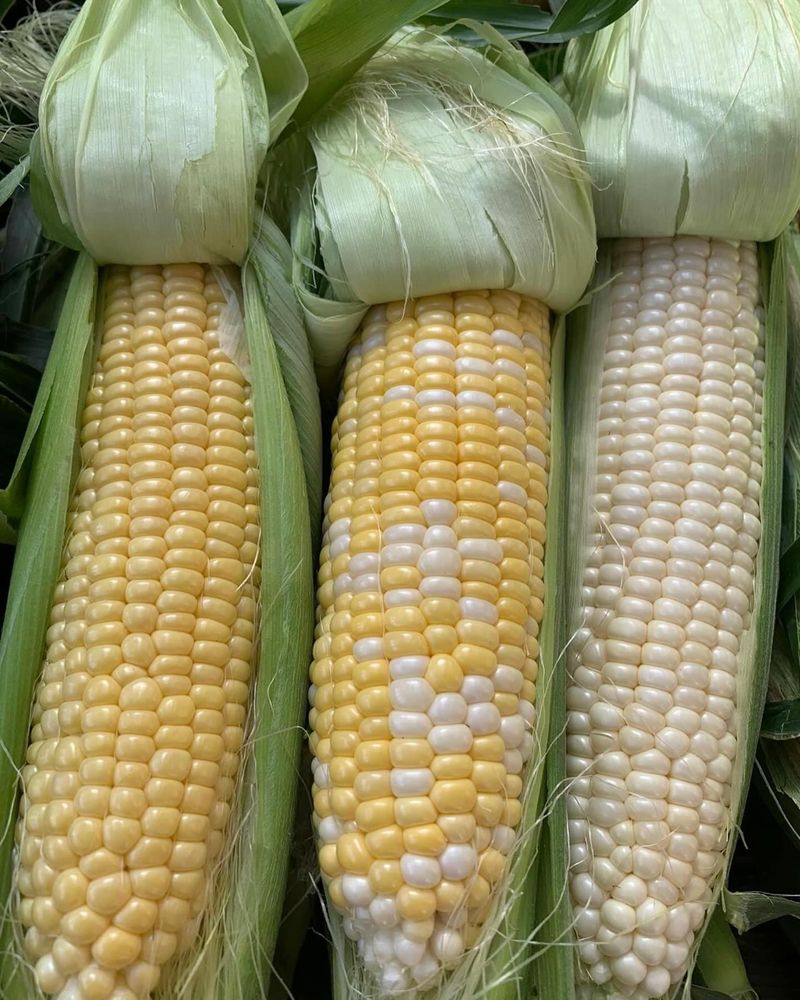
Many assume yellow corn is naturally sweeter than white corn, but that’s not necessarily true. When harvested at peak ripeness, white corn varieties can be just as sweet, sometimes even sweeter, than their yellow counterparts.
The real distinction lies in subtle flavor undertones. Yellow corn tends to have a richer, nuttier taste that stands up well to grilling and roasting, making it a favorite for hearty dishes. White corn offers a cleaner, more delicate sweetness that shines in fresh preparations such as salads or quick sautés.
Interestingly, when people participate in blind taste tests, their preferences often depend more on the specific corn variety than its color. This suggests that visual cues may influence expectations more than actual flavor differences.
3. Regional Preferences Run Deep
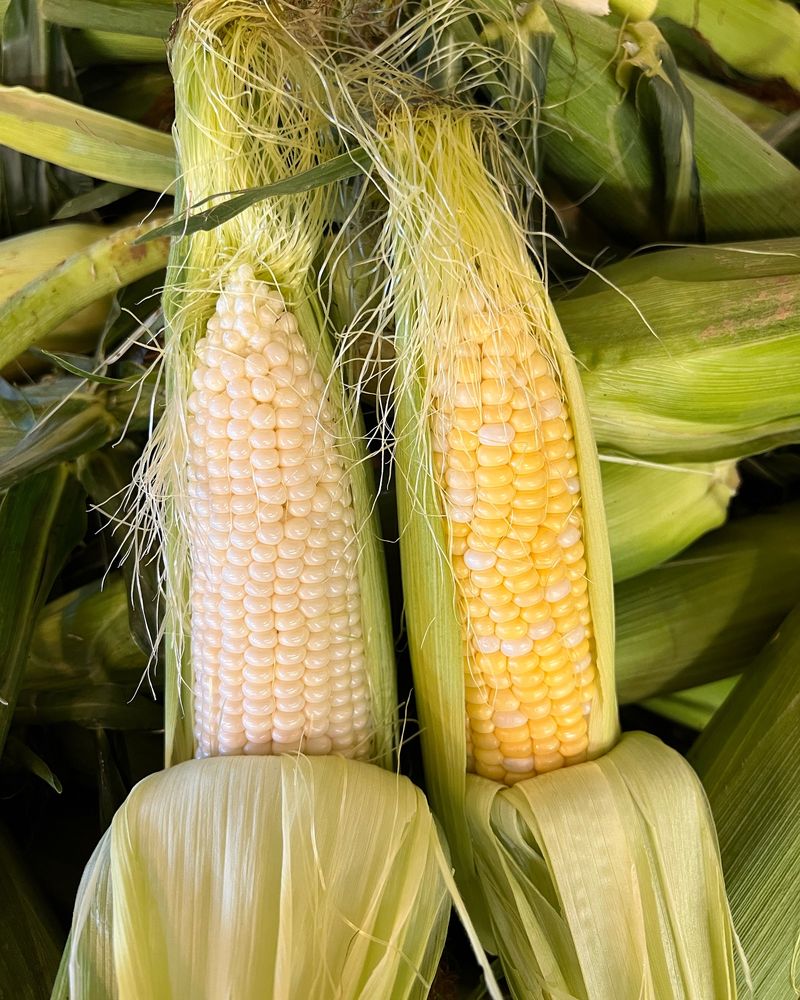
Corn preferences often run deeper than flavor—they can reflect cultural identity and tradition. In the American South, white corn dominates recipes like grits and hominy, while the Midwest generally favors yellow corn on the cob.
These regional loyalties influence how farmers allocate their crops. For example, some growers dedicate around 60% of their fields to yellow corn for local Midwestern markets, while reserving 40% for white corn destined for Southern distributors.
Such preferences aren’t just about taste—they’re deeply rooted in family recipes, culinary heritage, and the foods people grew up enjoying. Some farmers even recall Southern buyers traveling great distances specifically for white corn, highlighting its cultural significance.
4. Nutritional Myths Debunked
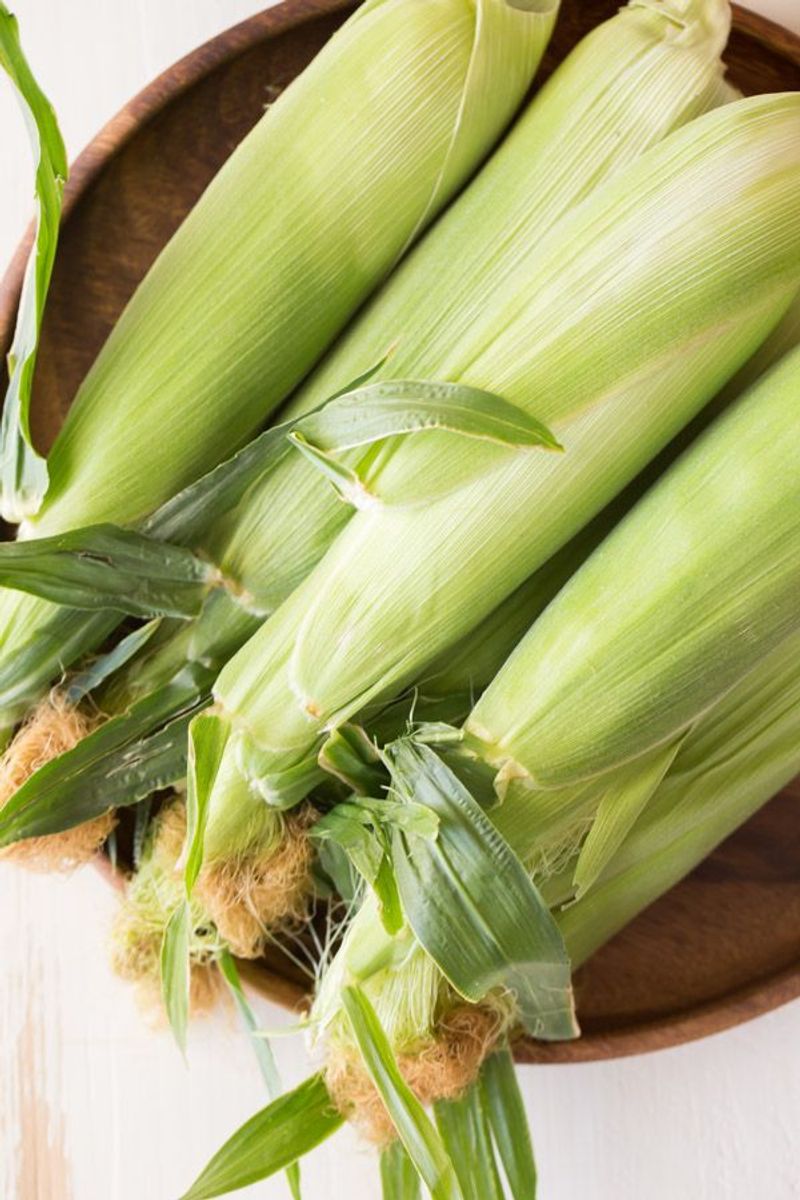
It’s a common belief that yellow corn is more nutritious than white corn because of its golden color. While yellow corn does contain carotenoids that provide small amounts of vitamin A, both varieties offer nearly identical levels of fiber, protein, and most other nutrients.
Neither corn type is inherently healthier; they simply provide slightly different nutritional profiles. Even nutrition professionals have been surprised by this—some have admitted changing their dietary recommendations after reviewing the facts.
5. Cooking Performance Varies
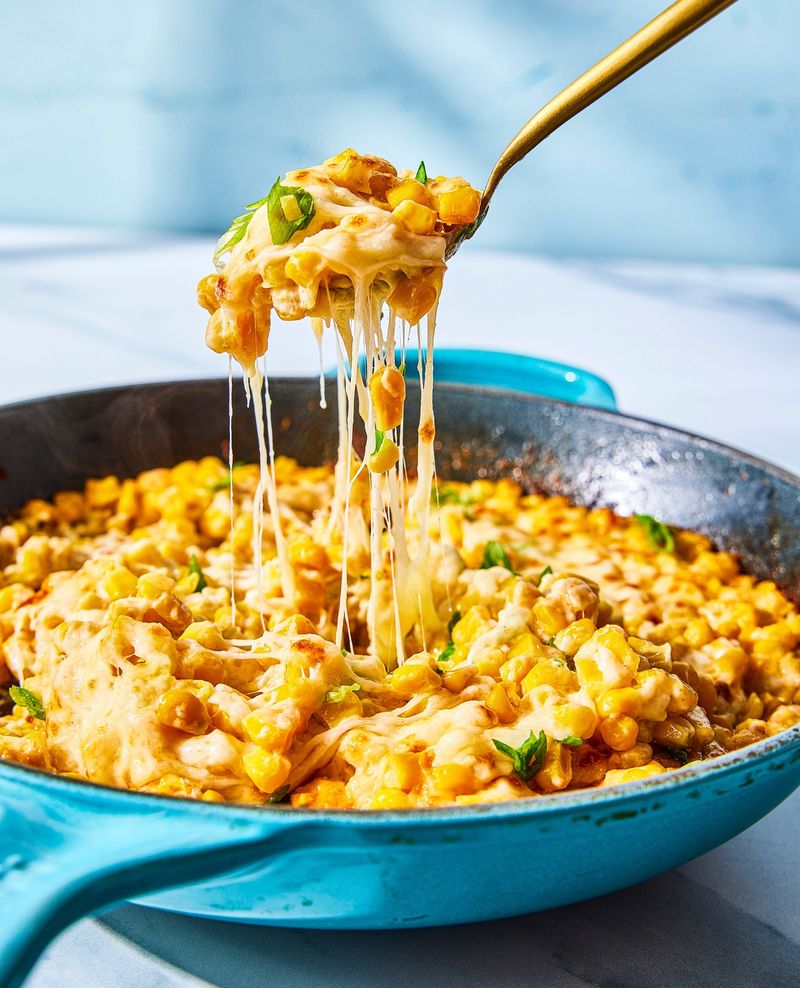
The subtle structural differences between yellow and white corn affect how they behave in the kitchen. White corn’s more delicate kernels make it ideal for fresh eating and quicker cooking methods, maintaining a tender texture without becoming tough.
Yellow corn, with its slightly firmer exterior, holds up well to longer cooking processes like grilling and roasting, where the caramelization enhances its nutty flavor.
This difference extends to starch content as well: white corn tends to yield smoother, creamier textures in dishes like cornbread and grits, while yellow corn provides more pronounced texture in chowders and casseroles.
These culinary distinctions mean that both varieties have unique strengths depending on the dish, making each a valuable addition to the kitchen.
Leave a comment